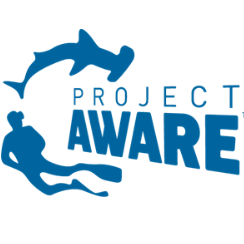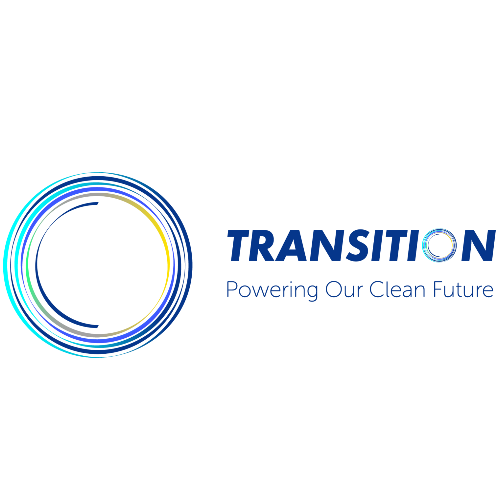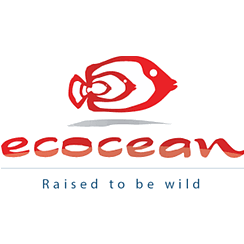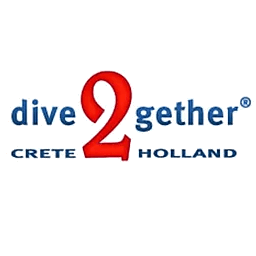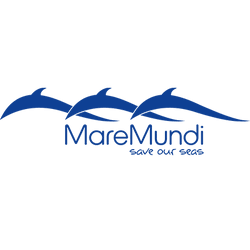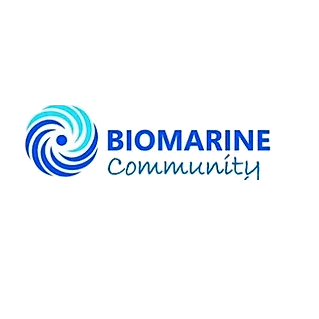Our oceans are in trouble. They are facing multiple and overlapping threats such as ocean warming, oxygen depletion, acidification, plastic pollution and overfishing. Some of these threats are serious enough on their own, but when combined, they can threaten the fragile ecosystems and life support systems that are essential for maintaining marine biodiversity. But there is hope, thanks to innovative new technologies being employed by entrepreneurs and scientists who are passionate about saving our oceans.
Mapping Oxygen Deficient Zones
Oxygen deficient zones are large unproductive areas of the ocean that consist of oxygen depleted waters that are unable to support life. This occurs naturally as oxygen is depleted when microorganisms break down dead phytoplankton cells as they sink to the bottom of the ocean. However, it can be fueled by anthropogenic nutrient outputs from rivers (the original sources of these nutrients include fertilizer runoff, industrial waste, and animal and human waste) which fuel algal blooms. Oxygen depletion zones typically lie in enclosed coastal bays and regions where oxygen is not replenished by passing ocean currents. The latter tend to exist at depths of between 35-1000 meters below the ocean's surface.
A group of MIT scientists have developed an atlas of oxygen deficient zones using a unique approach to measure oxygen concentrations at different depths of the ocean. Instead of measuring the oxygen content of water samples collected at a various depths, the team used data collected by sensors fitted to the outside of water sample bottles, which continuously measure oxygen levels throughout the water column as they descend. Then, instead of looking at their true value, they looked at how that value changes within the water column, which enabled them to more accurately identify oxygen depleted waters. In total, the team analyzed close to 15 million sensor readings collected over a 40 year period by various research cruises and robotic floats, and used that information to create three dimensional maps of oxygen deficient water. As oxygen levels in warmer water tend to be lower than that of colder water, oxygen levels in the ocean are expected to decline as the climate and ocean waters get warmer. These 3D maps could help researchers track and predict changes in the ocean in relation to climate change.
Smart Seafood Technologies Reduce Overfishing & Bycatch
SmartCatch is a seafood technology company whose products are designed to give fishing trawlers more control over the fish that they harvest. SmartCatch's DigiCatch and SmartNet products offer innovative solutions to help fishermen maximize hauls of their target species while remaining within catch quota limits and minimize bycatch of non-target species. Ultimately, the company envisions using technology to be able to trace seafood throughout the entire supply chain back to its original source.
Safeguarding Coastal Fisheries
Illegal fishing activities not only strip the oceans of fish, but also put the livelihoods and food source of coastal communities at risk. Earth PBC has designed a system that enables local fisherman to mobilize and defend their coastal fishing resources and report illegal, unreported and unregulated fishing activities in their waters. The system uses smartphone and satellite technologies to track and take geotagged photographs of illegal fishing vessels which can be submitted as evidence via an online reporting platform to alert local authorities.
DNA Fingerprinting
Genetic fingerprinting is used to identify species based on their unique genetic code. Marine scientists can identify the presence of certain species by analyzing the DNA they shed into sea water in the form of bodily fluids or sloughed off skin for example. This DNA profile or fingerprint typically involves a laborious laboratory-based process with access to electricity and the internet to access DNA databases, making it tricky to conduct in the field. But scientists from the Smithsonian's National Museum of Natural History have recently found a way to identify animals in the field based on environmental DNA — known as eDNA. Using a portable DNA sequencer to analyze water samples collected in the field, scientists were able to match the DNA fingerprints to a database on a portable laptop, enabling them to identify which jellyfish species were present at the site without returning back to the lab. This technology not only offers convenience of quick answers to pressing questions, but may also aid in the creation of a coral eDNA reference library at the Smithsonian's National Museum of Natural History. This Environmental DNA database could help scientists better understand and anticipate the threats coral reefs face. And could ultimately prove to be a helpful tool in the fight to save coral reefs.
If we have any hope of fixing a problem, we need to better understand the problem, and in order to understand the problem, we need to monitor what is going on. By applying innovative technology to monitor pressing issues, we can better understand the issues at hand and come up with creative solutions to save our oceans.
Sources
Jennifer Chu. Scientists build new atlas of ocean's oxygen-starved waters.
MIT News. December 2021.[https://news.mit.edu/2021/oxygen-deficient-ocean-map-1227]
Sandra Ponce de Leon. Can Technology Save the Ocean? Grit Daily. April 2020.
[https://gritdaily.com/can-technology-save-the-ocean/]
Danielle Hall. Tracking Down Ocean Species On the Go Using eDNA. Smithsonian: OCEAN. April 2021. [https://ocean.si.edu/ocean-life/invertebrates/tracking-down-ocean-species-go-using-edna]
Emily Leclerc. DNA makes waves in the fight to save coral reefs. Smithsonian Magazine. May 2021.


